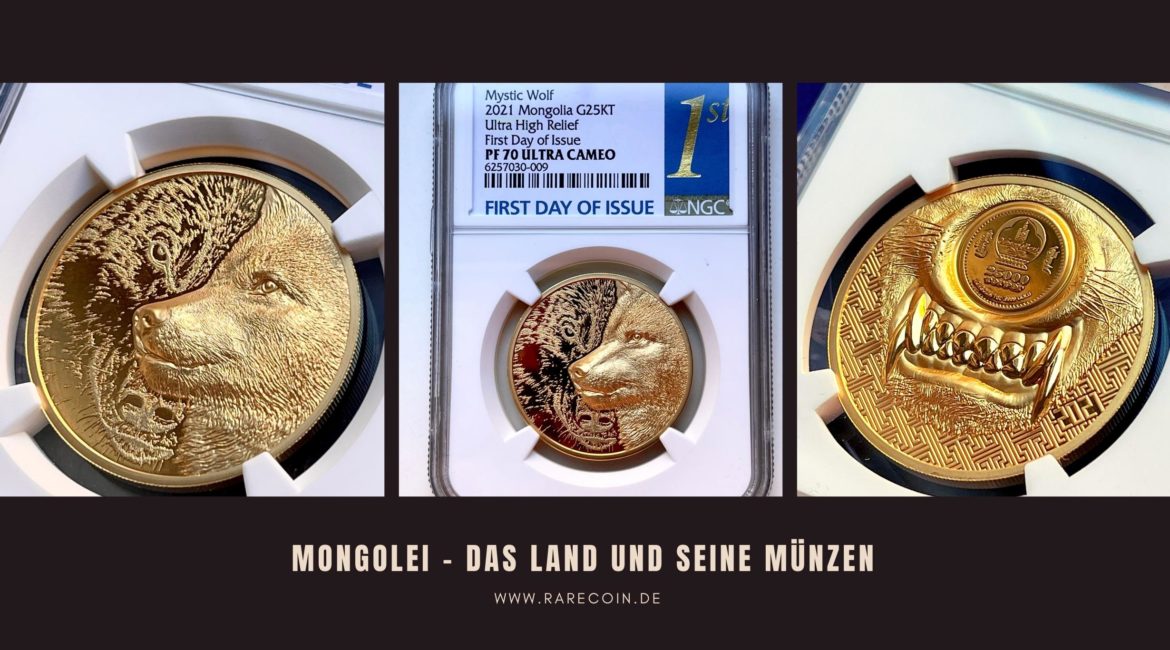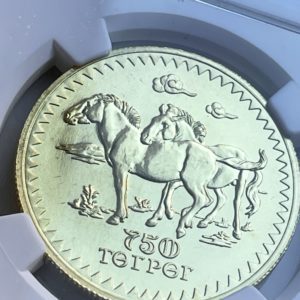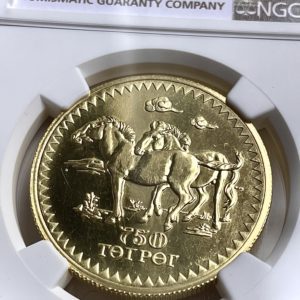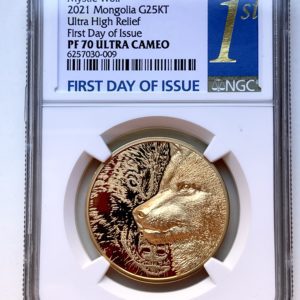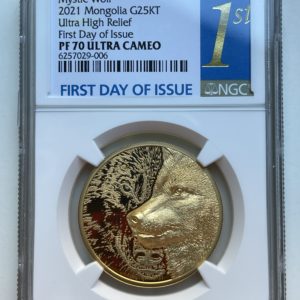Mongolia is an adventure destination where travelers can experience vast, untouched landscapes and learn about the culture of the nomads. Mongolians are very aware of the unique beauty of their country. If you ask the locals, they rave about the spectacular scenery of their country, the vast steppes, the mountains, the beautiful clear lakes and the numerous wild and farm animals. Some areas are so remote that you can drive for an entire day and see almost no sign of human habitation.
Geography and nature of Mongolia
Located at the eastern end of the Central Asian plateau between China and Russia, Mongolia is a landlocked country more than 1,000 km from the nearest ocean and covers an area of 1,566,500 km². Mongolia is the seventh largest country in Asia and the 18th in the world.
Nearby countries
Mongolia is a country surrounded by Russia on one side and China on the other.
Climate and weather in Mongolia
Mongolia has an extreme continental climate due to its high altitude and location far from the sea. This means – very cold winters with temperatures down to minus 30 °C and short, but warm summers, especially in the Gobi desert.
The sun shines an average of 257 days a year, as the country is generally located in the heart of a high pressure area. Mongolia is therefore also called the “land of the blue sky”. The four seasons are very different in Mongolia.
One often hears and reads that in Mongolia one can experience all 4 seasons on the same day. This happens especially during the shoulder season in May or September.
Economy
Mongolia is one of the leading countries in Asia in terms of natural resources (gold, silver, copper, iron ore, uranium, zinc, molybdenum and coal). The country’s economy is highly dependent on the export of raw materials. The main consumer of Mongolian resources is China, on whose border Mongolia’s main deposits are located.
Facts and figures about Mongolia
Capital: Ulaanbaatar
Population: 3,401 million (as of October 2022)
Languages: Khalkha-Mongolian (official language), Russian, and other languages.
Foreign languages: the most popular foreign languages in Mongolia are Russian and English. The Korean language is also spoken by many Mongolians, especially those who work in South Korea.
Currency: the Tugrik or Tögrög is the currency of Mongolia and former
People’s Republic of Tuva
Largest mountain ranges: Altai, Khangai and Khentii
Mongolia is the most sparsely populated country in the world
The snow leopard is native to Mongolia. One third of the world’s snow leopard population lives there. Mongolians consider wolves, golden eagles, falcons, foxes, stoats and corsairs as their most beautiful predators.
Genghis Khan was a 13th century warrior in Central Asia who founded the Mongol Empire. The Mongol Empire is considered one of the greatest empires in history.
Ulaanbaatar is the capital of Mongolia.
A pair of highlights about Ulaanbaatar:
The name Ulaanbaatar translates as “red hero”. Whereas Ulaanbaatar had many names in its history. From 1639 to 1706 it was known as Örgöö (Mongolian: Өргөө, residence), and from 1706 to 1911 as Ikh Khüree (Mongolian: Их = “big”, Хүрээ = “camp”), Da Khüree or simply Khüree. After independence in 1911, the name of the city was changed to Niislel Khüree (Mongolian: Нийслэл = “capital”, Хүрээ = “camp”). When the city became the capital of the new Mongolian People’s Republic in 1924, its name was changed to Ulaanbaatar, literally “red hero,” in honor of Mongolian national hero Damdin Sükhbaatar, who liberated Mongolia from Sternberg’s troops and Chinese occupation with the Soviet Red Army of Ungern. In Europe and North America before 1924, Ulaanbaatar was commonly known as Urga (from Örgöö) or sometimes as Kuren (from Khüree) or Kulun (from 庫倫, the Chinese transcription of Khüree). (Source: Wikipedia)
The city was founded around the Gandan Buddhist monastery.
The population of the capital is half that of the country, 1.64 million people (as of 2022).
The official symbol of Ulaanbaatar is the Garuḍa, a mythical bird found in both Buddhist and Hindu mythology and called Khan Garuda or Khangar’d by the Mongols.
Ulaanbaatar is the most important industrial center of Mongolia. A variety of consumer goods are manufactured in an industrial complex. There are cement, iron and brick factories, vehicle repair plants, shoe and clothing factories, food processing plants and some other factories.
Main places in Ulaanbaatar:
The Choijin Lama Temple Museum (Choijin’ is an honorary title given to some monks), a Buddhist monastery completed in 1908. It escaped the destruction of the Mongolian monasteries when it was turned into a museum in 1942.
The Gandantegchinlen Khiid Monastery, which dates back to the 19th century, is the most famous attraction of the monastery. Its most famous attraction is a 26.5 meter high golden statue of Migjid Janraisig.
Choijin Lama Monastery and Gandantegchinlen Khiid Monastery are two of the few monasteries in Mongolia that were spared from the destruction of Mongolian monasteries under Khorloogiin Choibalsan.
The wolf
Mongolians believe that there are some predators that are particularly beautiful. In their opinion, the wolf is the most beautiful predator. Mongolians believe that wolves are animals of heaven and bring “hijmor” to man. Hijmor is a kind of lucky charm and represents the life force of a person – a star that brings good luck.
In Jiang Rong’s partly autobiographical novel, Wolf Totem, Mongolian nomads tell how they learned from watching wolves the battle tactics that helped them build a vast empire, as well as the importance of balancing the ecosystem on the plains. Wolf Totem was a phenomenon in China, breaking all sales records there and becoming the second most-read book after Mao’s Little Red Book. The enthusiasm was also great internationally – to date, the rights have been sold in thirteen countries.
Coins and gold coins – our favorites from Mongolia
Mongolia has issued three commemorative coins for the year 2021:
a platinum coin worth 25,000 tugrik, mintage: 199 pieces
a silver coin worth 2,000 tugrik, mintage 500 pieces and
a copper coin worth 250 tugrik, mintage 5000 pieces
All three coins are dedicated to the mystical wolf totem.
In the same year Mongolia issued a Mystic Wolf gold coin, 31.1g solid gold (0.9999 proof) in a limited edition of only 199 pieces. The gold coins were minted at Coin Invest Trust (CIT), based in the small European country of Liechtenstein. CIT produces coins for countries all over the world. Since its founding in 1970, the company has earned a worldwide reputation for its innovative and revolutionary coins of the highest quality. The new technology developed by CIT in 2016
Smartminting© technology sets new standards in the commemorative coin industry. This technology allows CIT to add higher relief to coins without the need for additional metal.
The main part of the front is taken up by the jaw with the depicted “wolf bite”, with the teeth of the predator shown in great detail. At the top of the front is a small coin, stylistically placed in the eye socket of the animal. Depicted is the nation’s coat of arms, with the denomination designations “25000 Togrot”, “2000 Togrot” and “250 Torgot” below. At the bottom of the edge of the inner coin plate of precious metal coins is indicated the purity of the precious metal.
The image on the back is in ultra-high relief. The image of the wolf’s muzzle from a side perspective, shown in the same detail, with the wolf’s muzzle in full size as a background image.
Would you like to learn more about the fascinating coins of this country? Then get in touch with us. From time to time you will also find one of these treasures in our store.
-
Mongolia – 1976 – 750 Tögrög – Przewalski Horses – 33,437g – Gold – NGC MS67
2.750,00 €plus shippingDelivery Time: approx. 2-3 days (excluding Saturdays, Sundays and public holidays) -
Mongolia – 1976 – 750 Tögrög – Przewalski Horses – 33,437g – Gold – NGC MS66
2.600,00 €plus shippingDelivery Time: approx. 2-3 days (excluding Saturdays, Sundays and public holidays)

